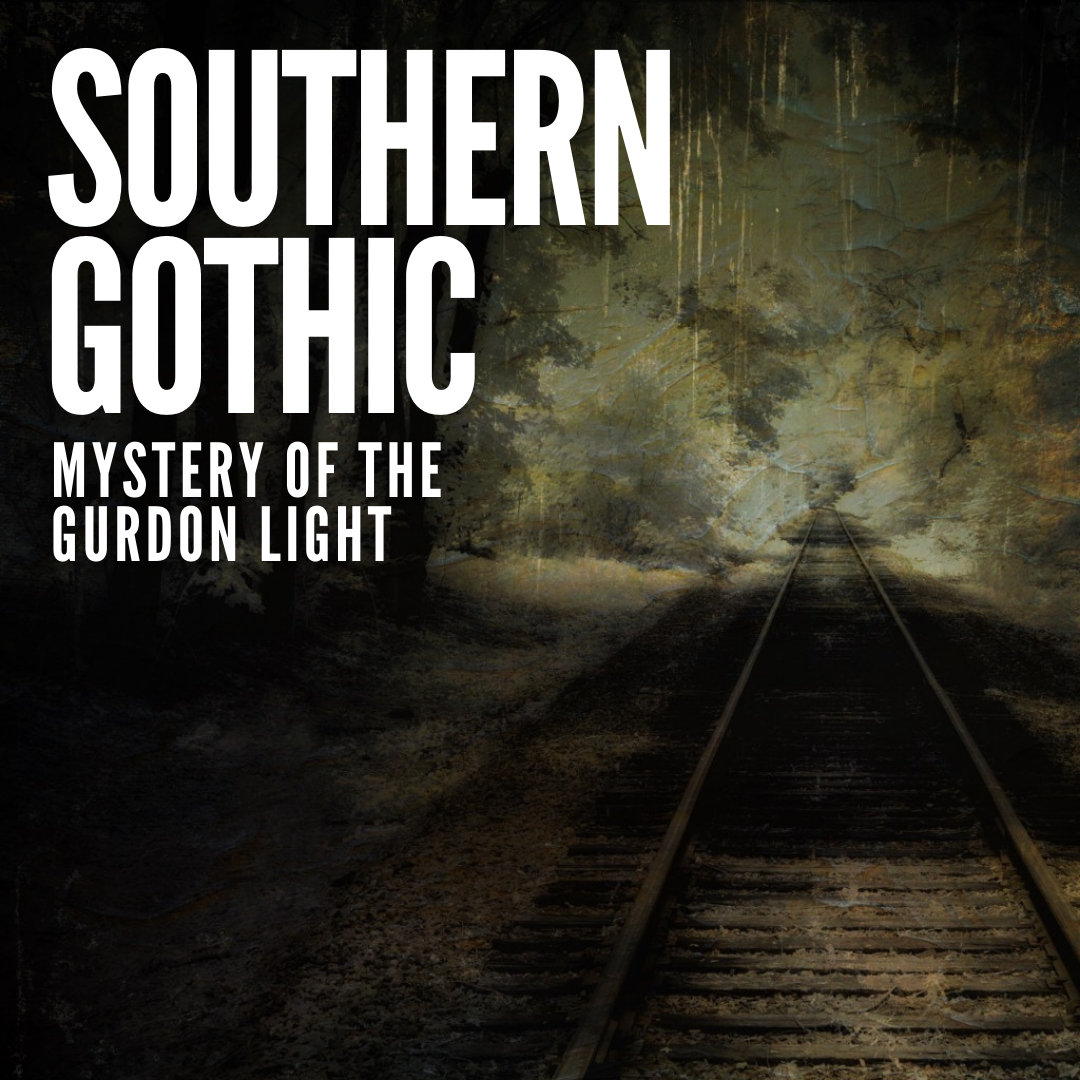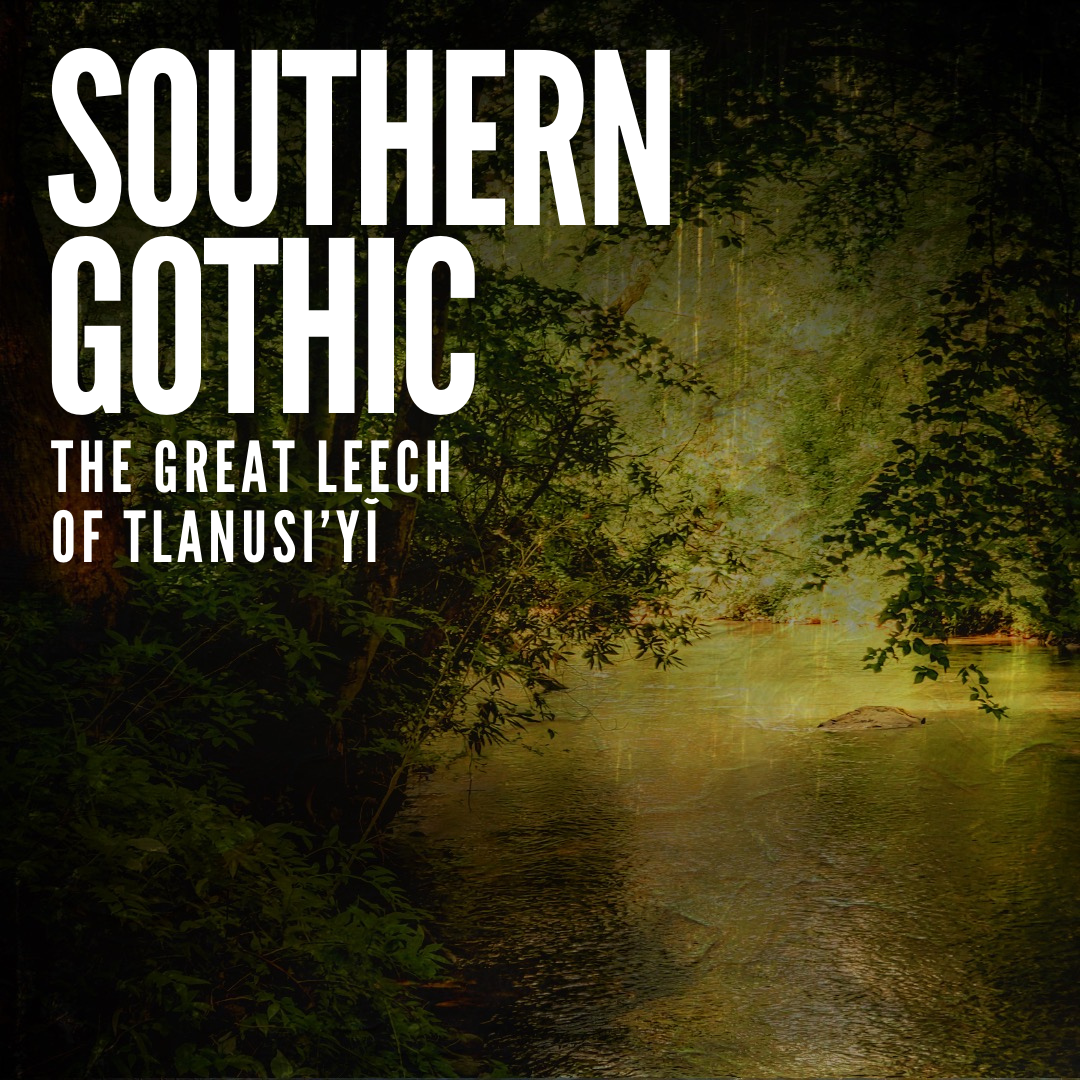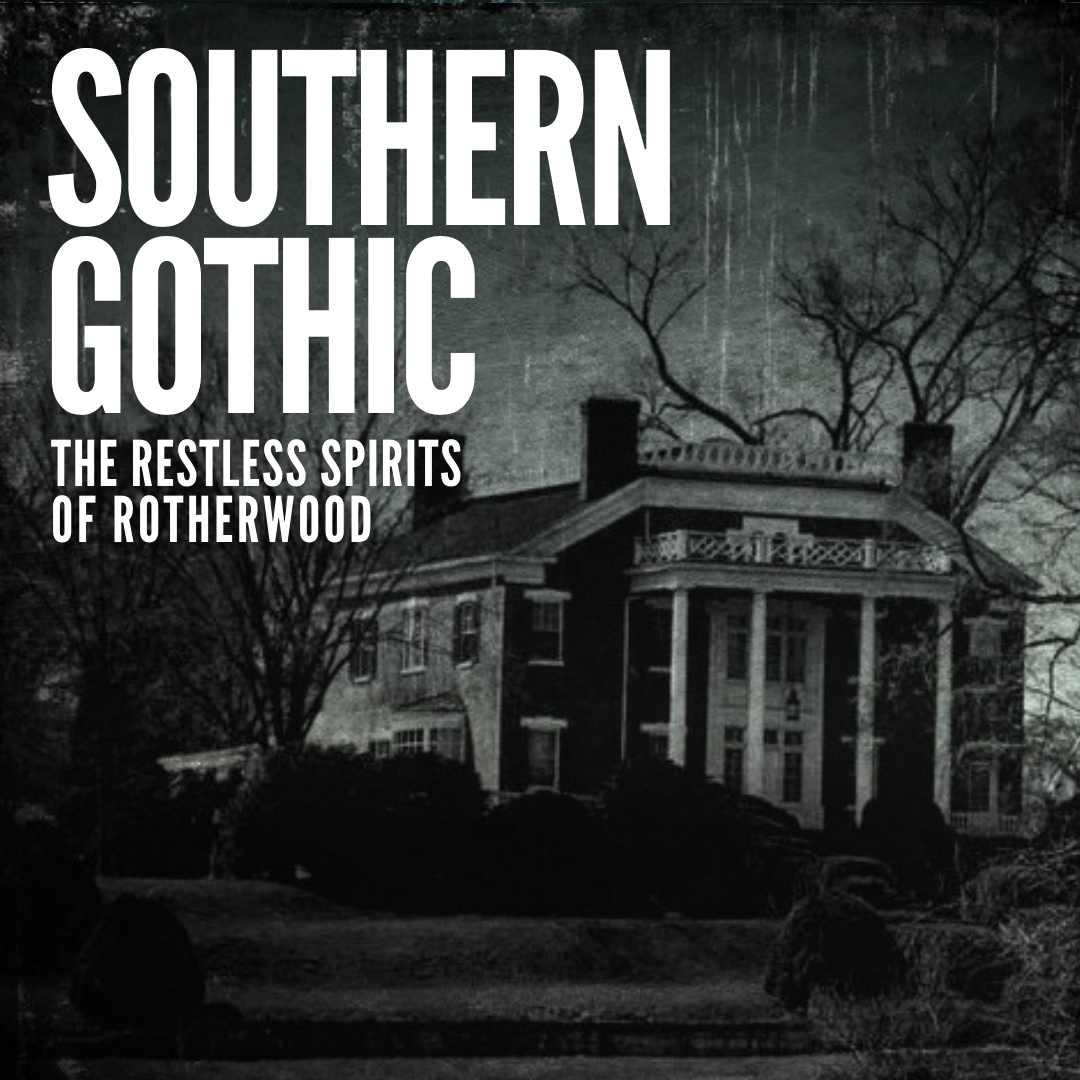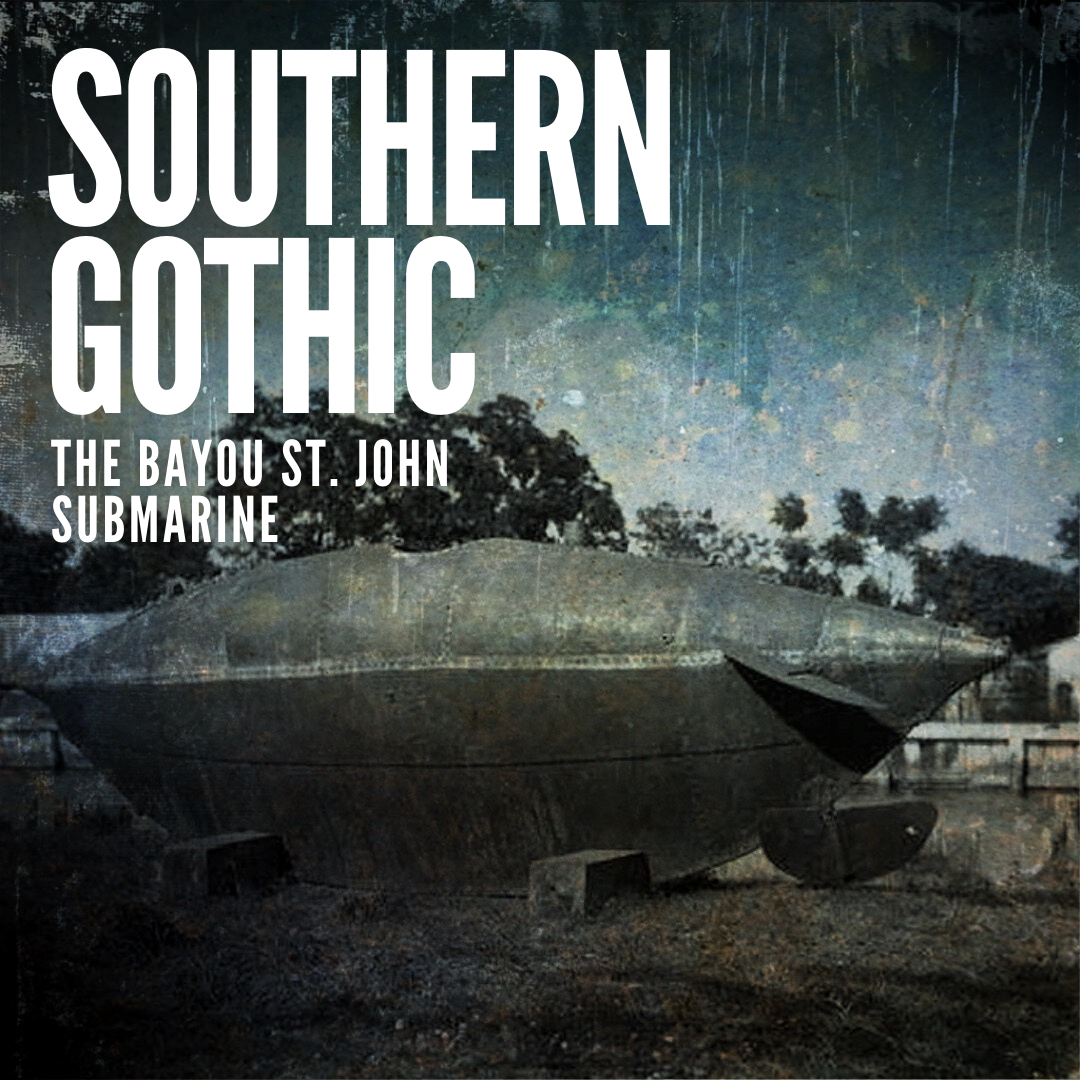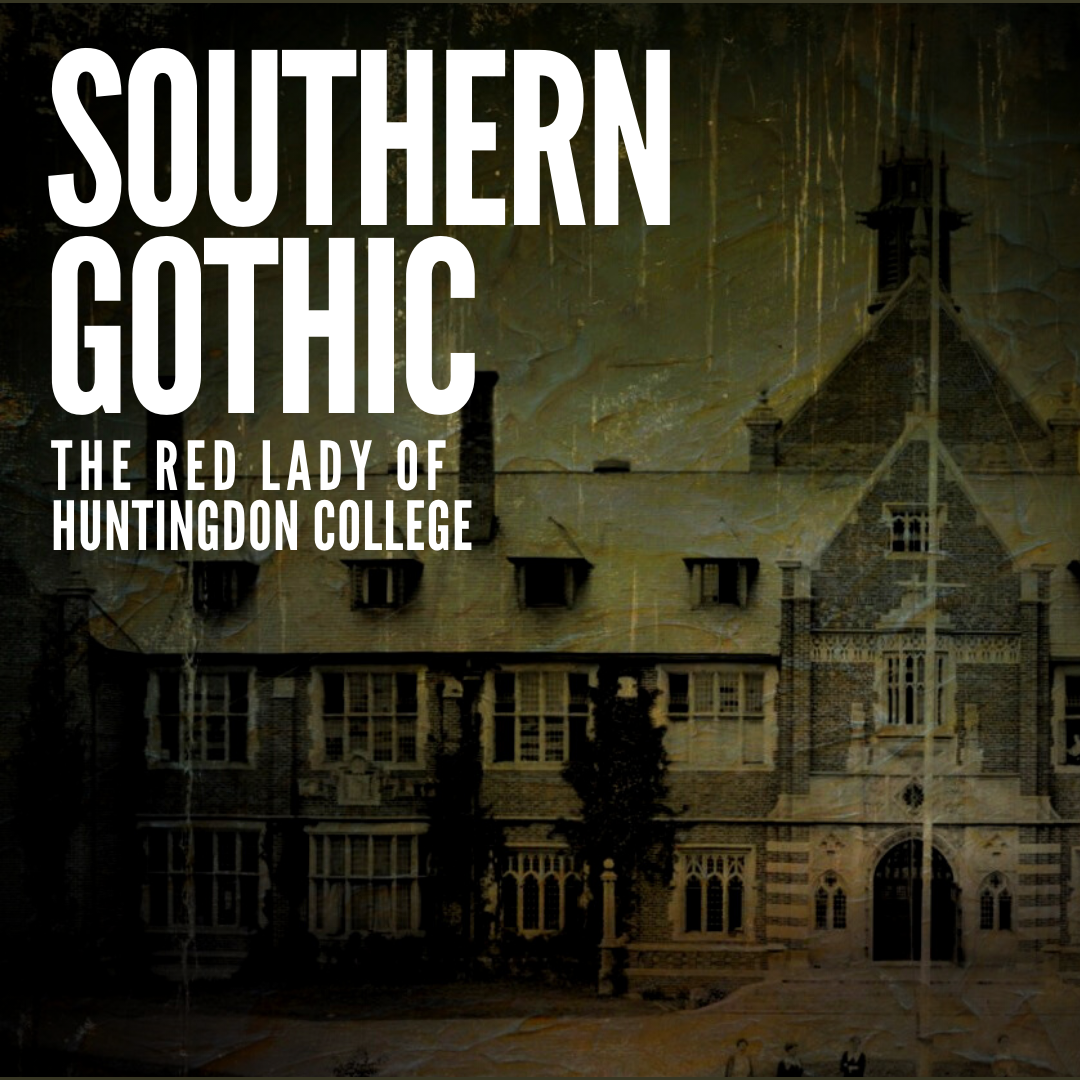“Many of those who are most familiar with the phenomena of life and death, [... have] left precise instructions in their wills for various preventives which experience has shown to be necessary, and in some instances a combination of these, so as to make doubly sure that they shall not be subjected, like thousands of human beings, to the unspeakable horrors of being buried alive.””
Interred in the Mausoleum far too soon…
The legend of Julia Legare has been passed down for generations, likely due to the fact that it brings into focus a far-reaching human anxiety, the fear of being buried alive.
In 1852, while visiting her relatives at their home in Ediso Island, 22-year-old Julia Legare fell ill. Her diagnosis was not good, Julia had been struck with diphtheria and there was little that they could do for her. Eventually, Julia just slipped further away deep into a coma, and after many days and nights passed their worst fear was realized, Julia succumbed to her fate.
After the doctor declared her deceased the family moved quickly to say their goodbyes and ready their beloved’s remains for burial. It is said that in the week following Julia’s burial, the faint sound of weeping and screaming could be heard emanating from the church cemetery, yet no one walked the grounds to see if they could find the source.
The mausoleum was not re-opened for over a decade following Julia’s death, but when it was, a horrific. Julia’s remains were not where they had been left. It seems that Julia Legare had been buried alive.
Additional Links From This Episode:
Sources:
Brown, Alan. Haunted South Carolina: Ghosts and Strange Phenomena of the Palmetto State. Mechanicsburg, PA: Stackpole Books, 2010.
“Buried Alive: The creepy true legend of Julia Legare.” Random Times, September 28, 2020. https://random-times.com/.
Coffey, Brandon. “Tomb of Julia Legare.” SC Scripture Project (blog.), November 2014. https://www.scpictureproject.org/charleston-county/tomb-of-julia-legare.html .
Harra, Todd. Last Rites: The Evolution of the American Funeral. Louisville, CO: Sounds True, 2022.
“Inside the Julia Legare Tomb.” Stories in the Cemetery (blog.) January 10, 2020. https://storiesinthecemetery.com/.
Jones, J. Nicole. Low Country: A Memoir. New York: Catapult Books, 2021.
“Julia Georgiana Seabrook Legare.” Find A Grave. Accessed July 1, 2022. https://www.findagrave.com/memorial/65651815/julia-georgiana-legare.
“Julia Legare.” Creepypasta (blog.) Accessed. July 1, 2022. https://creepypasta.fandom.com/wiki/Julia_Legare.
“The Legend of Julia Legare.” Edisto Beach (blog.) Accessed July 1, 2022. https://www.edistobeach.com/the-legend-of-julia-legare/.
Meier, Allison C. “The Fear of Being Buried Alive and How to Prevent It.” JSTOR Daily, October 31, 2019. https://daily.jstor.org/the-fear-of-being-buried-alive-and-how-to-prevent-it/.
Rubio, J’aime. “The True Legend of Julia Legare - Fact vs. Fiction.” Dreaming Casually (blog.), August 7, 2014. https://dreamingcasuallypoetry.blogspot.com/.
Rubio, J’aime. Stories of the Forgotten: Infamous, Famous, and Unremembered. Self-published: CreateSpace, 2016.
“The Story of the Haunted Mausoleum of J.B. Legare on Edisto Island.” Tales of Southern Haints, September 18, 2020. https://haints.org/.
Tebb, William and Col. Edward Perry Vollum. Premature Burial and How It May Be Prevented. 1896. Project Gutenberg, November 15, 2015. https://www.gutenberg.org/files/50460/50460-h/50460-h.htm.




















































